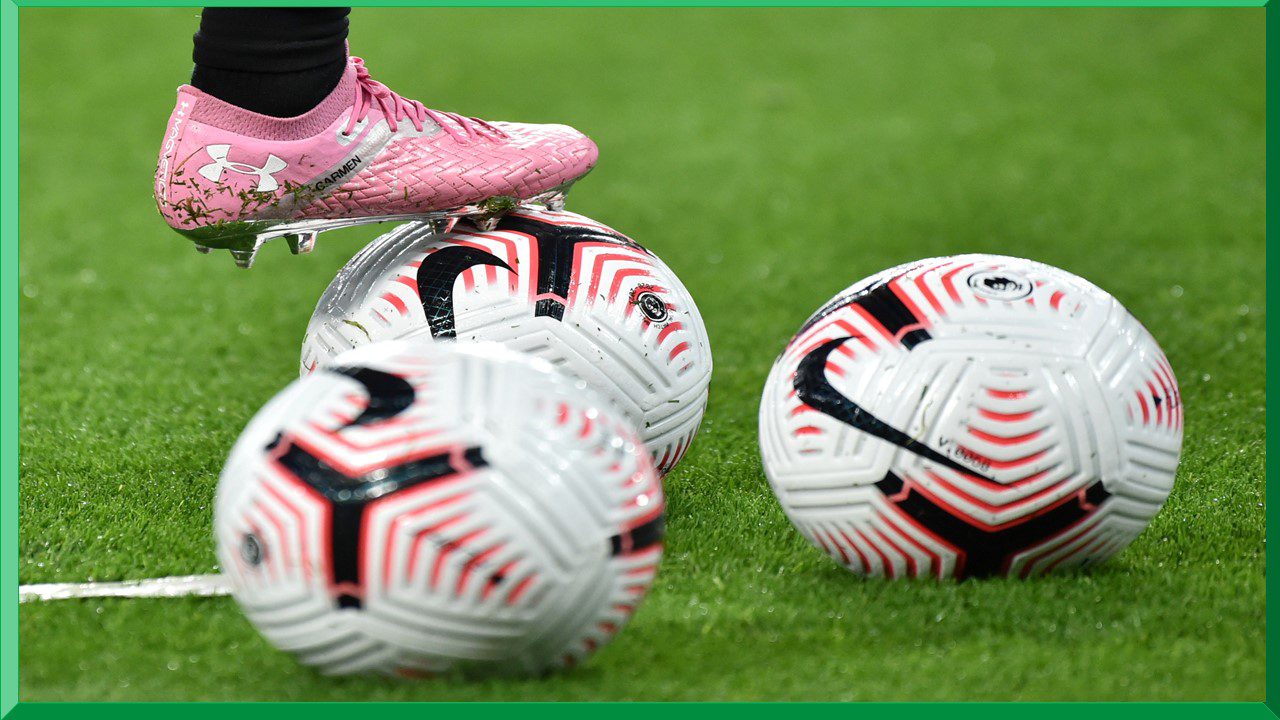If you are just starting to run, it is important to know about some important warm-up and stretching exercises that will help you avoid getting hurt.

Warming up before running is important because it gives your body a chance to get ready for the run to come. These tips will help you get started running and help you warm up before a run, stretch after a run, and cool down after a run.
You need to know that running is hard work and that it’s important to mentally and physically prepare for each run before you start. This is the point of a “warm-up.” It gives your heart, lungs, muscles, and joints a chance to get ready for the activity that will follow. You also don’t want to stop running all of a sudden and throw yourself back on the couch after your body has been working hard. The goal of the “cool-down” is to slowly bring the body back to a state of rest. Then, when you’re done running, you need to stretch your muscles to make up for the way running repeatedly shortens them.
These three steps are not just extras that you can do if you want to. They are necessary if you want to get the most out of your running and avoid pain or injury. So, when you plan a run, make sure you leave time to warm up, cool down, and stretch.
The warm-up runs

The main goals of a warm-up are to get the heart rate and body temperature up. When the cells are at a certain temperature, which is higher than when they are at rest, all the weird and wonderful chemical reactions that give the body energy to do things happen. When muscles are warmer, they can bend more and are less likely to tear. The warm-up period also wakes up the neuromuscular pathways, which are the lines that connect the brain to the muscles. This makes your running more coordinated and uses less energy. This has something to do with getting mentally ready to do something. The few minutes you spend warming up give you a chance to get your mind ready for the hard run ahead.
When muscles are warmer, they are more flexible and less likely to tear.
The first step of warming up is to start moving your joints. Gently move each of the major joints (neck, shoulders, spine, hips, knees, and ankles) through their full range of motion. For example, roll the shoulders all the way around, bend and straighten the knees fully, and circle the ankles. This helps to keep the surfaces of the joints lubricated so that movement is easier, smoother, and safer. Don’t swing or pull your limbs, though. Keep everything very gentle and easy.
Next, you need to do some light aerobic activity for about five minutes to get your body temperature and heart rate up. This could include a mix of fast walking, marching in place, knee lifts and side steps, climbing stairs, and very light jogging. If it is cold and rainy outside, it is better to warm up inside. Lastly, start your run with a slow jog and work your way up to the speed you want.
The resting period after a run
Once you’re done running, slow down to a comfortable jog for a couple of minutes and then walk. This slowing down gives your body time to move blood away from the muscles that are working so that you don’t feel dizzy or sick when you stop moving. It also helps get rid of metabolic waste from the muscles, which speeds up their recovery and makes it less likely that they will be sore or stiff the next day. When your breathing and heart rate are almost back to normal, usually after 2 to 5 minutes, you can stop completely.
The stretch of running

We should stretch now. It’s important to do this to keep your muscles loose and flexible, because running will make some muscles shorter and tighter over time, which will hurt your performance and make you more likely to get hurt. If you’d rather, you can take a quick shower and put on some comfortable clothes first. Don’t do this for more than 20 minutes, though, or your body temperature will drop too much. Hold each of the five stretches below for 20 to 30 seconds and try to do each one twice, ending with the lower back exercise. Breathe normally while you stretch, and if you feel the muscle you’re working “give,” go a little further with the stretch. It shouldn’t hurt, but feel like it’s getting longer.
Running will make some of your muscles shorter and tighter over time, so it’s important to keep them loose and flexible.
Hamstrings (back of the thigh)
Face a support that is between your knees and the middle of your thighs. Stretch out one leg and rest it on the support, letting the foot hang down. Your leg that’s on the floor should be straight. Now, bend forward from the hips (don’t round the back), keeping the pelvis level and the knee of the extended leg straight. Feel the pull along the back of the thigh that is being held up. Now bend the knee a little and do the stretch again. Swap sides.
Quadriceps (front of the thigh)
Stand tall with your feet next to each other. Raise the right heel and reach behind you with your right hand to grab the foot. Bring the pelvis into a neutral position (tuck the tailbone under) and gently press the foot into your hand while keeping the knee pointing down. As long as you feel a stretch, it doesn’t matter if the thigh you’re stretching is in front of the one you’re supporting. Swap sides.
Flexors of the hip (front of the hip)
From a lunge position with your left foot in front, bring your right knee to the floor, extending the lower leg behind it with the toes facing down. Pull your stomach in and move your hips forward until your left knee is at a 90-degree angle. You should feel a stretch along the front of your hip joint and thigh. Swap sides.
Calves (back of the lower leg)
Stand with your back leg straight and your front leg bent in front of a support. Press the back heel into the floor so that the middle of your calf muscle stretches. Hold. Now, bring the back leg in a bit, bend the knee, and flex the hips so that the stretch moves down to the lower part of the calf and Achilles tendon. Swap sides.
The glutes and hips (bum and outside of thighs)
Lean against a wall and stretch your legs out. Put your right foot flat on the floor and cross it over your left thigh. Now put your left arm around your right knee and gently pull it towards your shoulder, instead of hugging directly to your chest. This will help you sit up tall. Swap sides.
Stretching cat (to stretch out the lower back)
Get down on all fours with your hands under your shoulders and your knees under your hips. Take a breath in, and as you let it out, carefully round your back like an angry cat by pulling your abs up and letting your head fall. Take a breath in, and as you let it out, move back through the neutral position into an arch, lengthening from the top of your head to the bottom of your tailbone like a cat stretching. Slowly round and arch three times.









